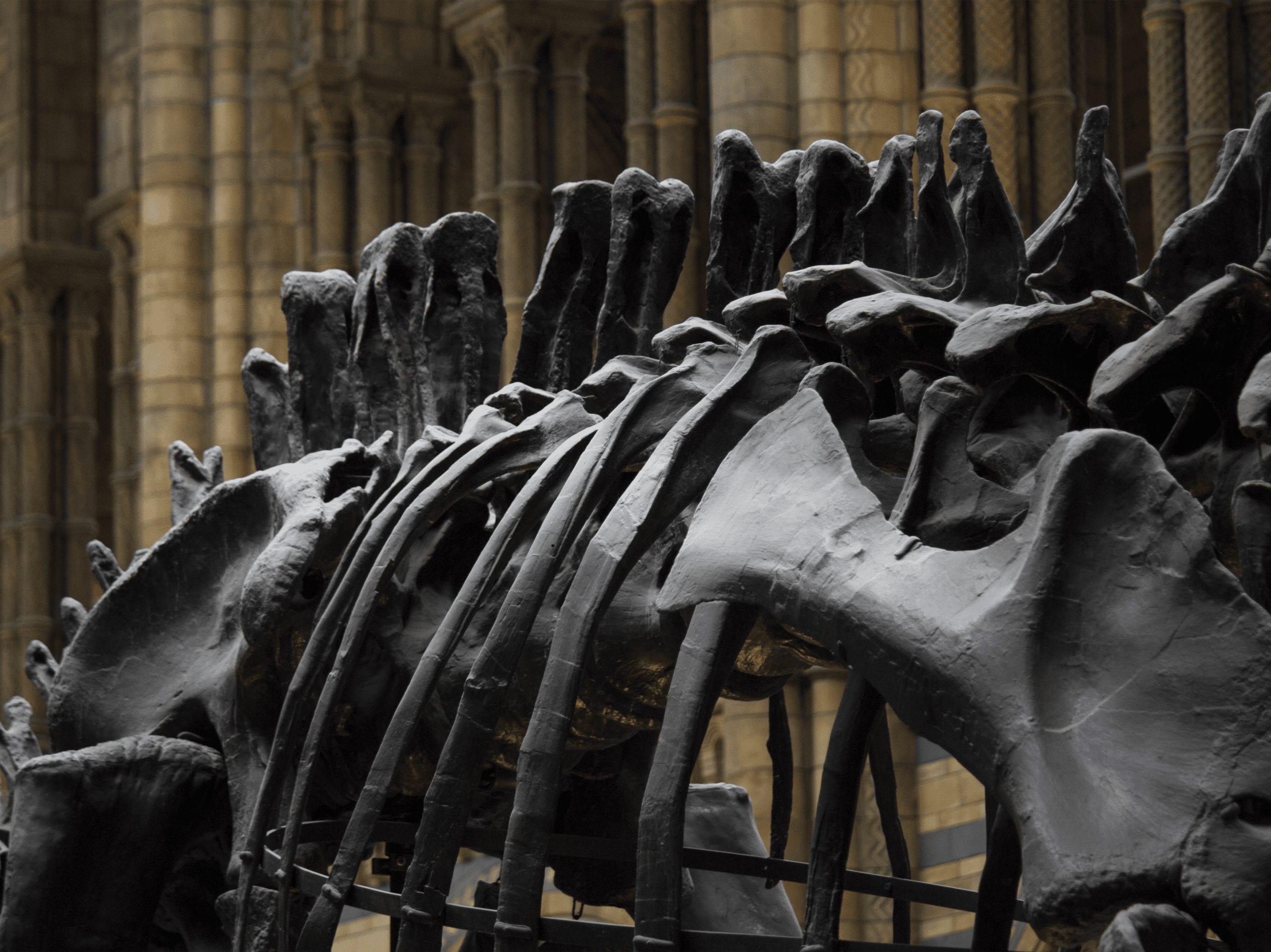Geologists Look to the Past to Better Understand Huge Mass Extinction
Often referred to as the Great Dying, the largest mass extinction in the history of earth occurred approximately 250 million years ago when a volcanic eruption in Siberia became responsible for sending nearly 90% of all life at the time into extinction. While it’s agreed upon in the scientific community that this was the deadliest eruption in history, researchers were never able to put a finger on exactly why – until now. Thanks to work of the late Lawrence Taylor, former director of the Planetary Geosciences Institute at the University of Tennessee, Knoxville, a study recently published in Nature Geoscience may have an answer.
Taylor, who passed away in September 2017, “was instrumental in supplying samples of mantle xenoliths, rock sections of the lithosphere [a section of the planet located between the crust and the mantle] that get captured by the passing magma and erupted to the surface during the volcanic explosion,” Michael Broadley, lead author of the paper, said in an article in Lab Manager. Broadley and his team analyzed these samples in an attempt to determine the composition of the lithosphere. They found that before this epic eruption, the lithosphere contained a number of halogens, including chlorine, bromine, and iodine. The researchers concluded that after the volcanic eruption, these halogens were sent into the earth’s atmosphere, “effectively destroying the ozone layer at the time and contributing to the mass extinction,” Broadley said.














